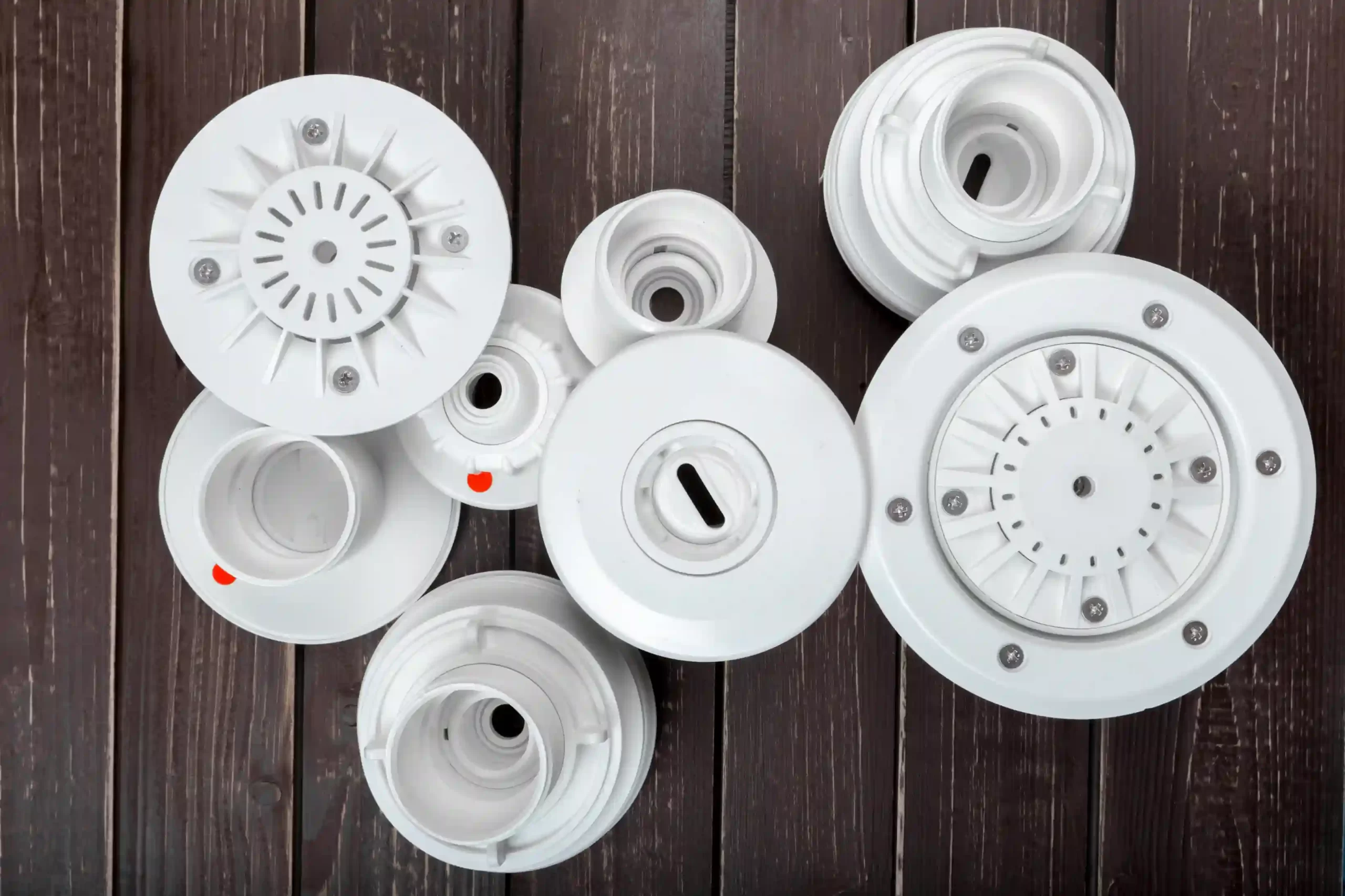
Introduction:
In the realm of home safety, smoke alarms stand as vigilant guardians, ready to alert us to potential threats. However, their effectiveness relies heavily on regular testing and maintenance. In this blog post, we’ll explore the significance of smoke alarm testing, why it matters, and how to ensure your smoke alarms are always in optimal working condition.
Why Regular Testing Matters:
-
Early Detection Saves Lives: Smoke alarms are the first line of defense against fire-related emergencies. Regular testing ensures that they can promptly detect and alert you to the presence of smoke, providing precious moments to evacuate safely.
-
Compliance with Safety Standards: Adhering to safety standards and regulations is crucial for homeowners. Regular smoke alarm testing is often a requirement, ensuring that your home complies with local safety regulations and building codes.
-
Battery Performance: Most smoke alarms are battery-operated. Testing them regularly helps identify issues with battery performance, ensuring that the alarms are consistently powered and operational.
-
Sensor Calibration: Smoke alarms use sensors to detect smoke particles. Over time, these sensors may become less sensitive or contaminated, compromising their efficiency. Regular testing ensures that the sensors are calibrated and ready to respond effectively.
How to Test Your Smoke Alarms:
-
Test Button: Most smoke alarms come equipped with a test button. Press and hold this button for a few seconds to initiate a test. If the alarm sounds, it’s functioning correctly. If not, it may indicate a problem with the battery or the alarm itself.
-
Smoke Test: Create a controlled environment for testing by producing a small amount of smoke near the alarm. Use a blown-out candle or a smoke detector test spray. If the alarm doesn’t activate, it may need cleaning or replacement.
-
Check Power Source: For battery-operated alarms, regularly replace batteries, usually at least once a year. Some alarms come with a low-battery indicator, but it’s best not to rely solely on this feature.
-
Clean and Maintain: Dust and debris can accumulate inside the alarm, affecting its performance. Use a vacuum cleaner or a can of compressed air to remove any particles. Follow the manufacturer’s guidelines for cleaning and maintenance.
Conclusion:
Smoke alarms are indispensable guardians of home safety, but their effectiveness hinges on regular testing and maintenance. By incorporating simple testing routines into your home maintenance schedule, you can ensure that these devices remain reliable and capable of safeguarding your loved ones and property. Stay proactive, stay safe!
